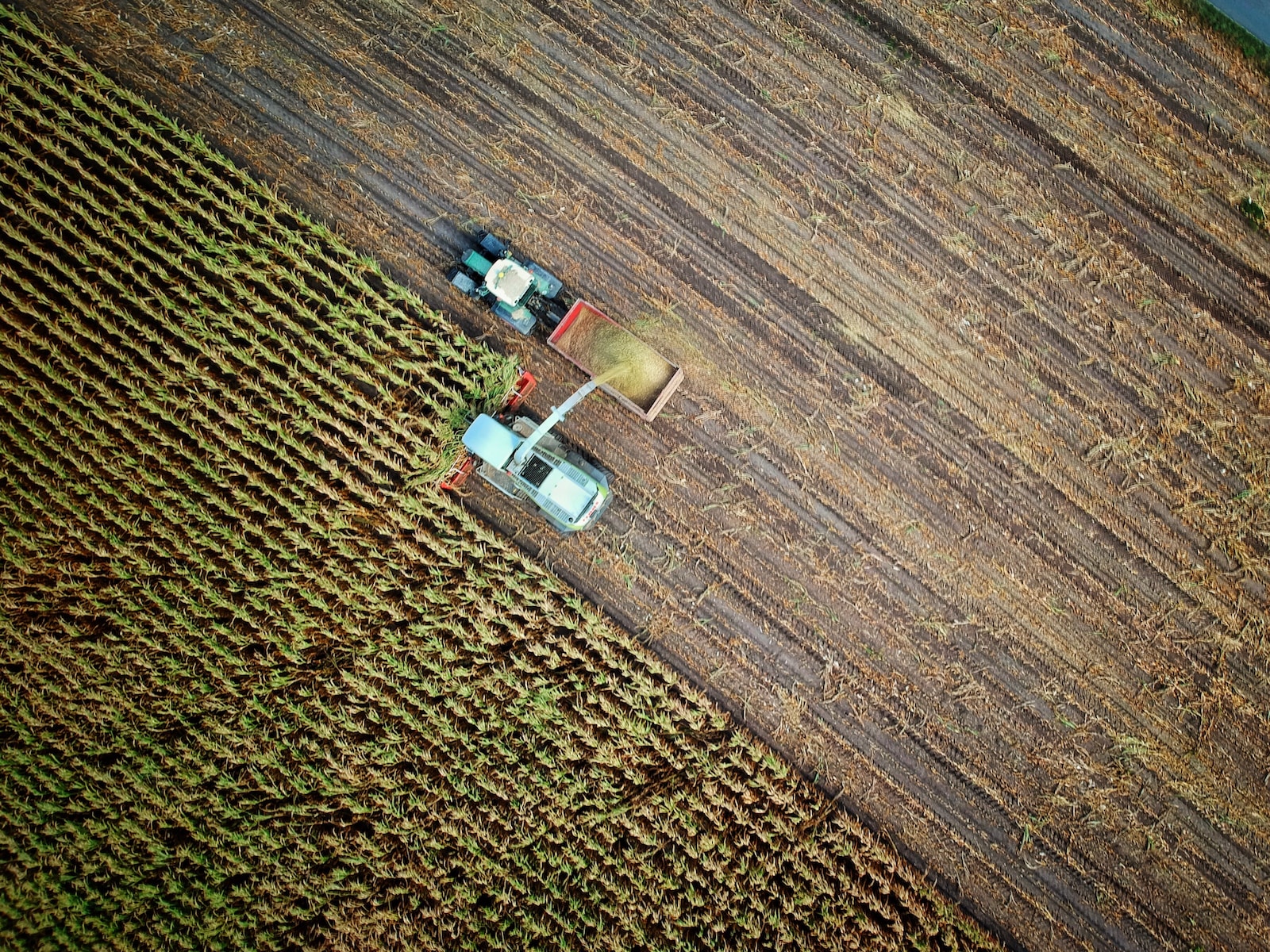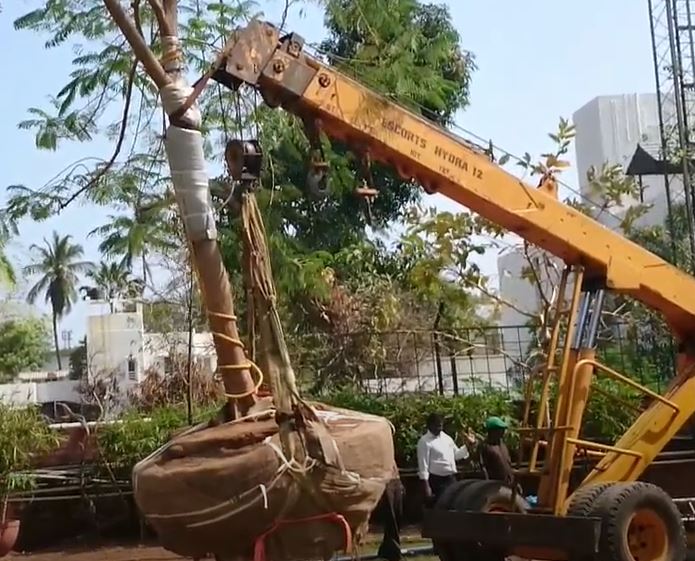Nature-based projects, from reforestation efforts to wetland restoration, are essential for addressing environmental challenges and fostering sustainability. To ensure the success and effectiveness of these projects, it’s crucial to have a robust monitoring and reporting system in place. Digital Monitoring, Reporting, and Verification (DMRV) is a modern approach that leverages advanced technologies to monitor, assess, and report on the progress and impact of nature-based initiatives.
In this blog, we’ll explore the technologies that play a pivotal role in DMRV, empowering the management and oversight of these projects.
1. Geographic Information Systems (GIS)
Geographic Information Systems (GIS) are fundamental to DMRV in nature-based projects. GIS technology allows for the creation, analysis, and visualization of spatial data, making it an invaluable tool for monitoring and managing project sites. Some key applications of GIS in DMRV include:
- Geospatial Data Collection: GIS tools enable the collection of various geospatial data types, such as maps, satellite imagery, and aerial photography. This data is critical for monitoring land use changes, vegetation health, and other environmental factors within nature-based projects.
- Mapping and Visualization: GIS software facilitates the creation of detailed maps and visualizations that help project managers and stakeholders understand the project’s spatial context. This aids in decision-making and resource allocation.
2. Remote Sensing
Remote sensing technologies are a cornerstone of DMRV, providing valuable insights into project areas even in remote or inaccessible locations. These technologies include:
- Satellite Imagery: Satellite remote sensing allows for systematic and regular monitoring of large project areas. It provides data on vegetation health, land cover changes, and environmental conditions. By analyzing satellite imagery, project managers can assess the progress and impact of initiatives.
- Drones (Unmanned Aerial Vehicles, – UAVs): Drones equipped with various sensors, including LiDAR (Light Detection and Ranging) and multispectral cameras, offer high-resolution data collection capabilities. Drones can capture detailed images and data, facilitating precise and localized monitoring of specific project sites.
3. Internet of Things (IoT)
The Internet of Things (IoT) has revolutionized DMRV by enabling real-time data collection and monitoring of environmental parameters. IoT technologies include:
Sensor Networks: IoT sensors, such as weather stations, soil moisture sensors, and air quality monitors, are deployed in the field to collect data on environmental conditions. These sensors continuously transmit data in real-time, providing critical insights into the project’s environmental performance.
4. Big Data Analytics
The extensive data generated by remote sensing, IoT sensors, and other sources necessitates advanced data processing and analysis. Big data analytics tools are used for:
Data Processing and Analysis: Advanced analytics platforms process and analyze the vast amount of data collected in nature-based projects. These tools can identify trends, anomalies, and patterns in the data, helping project managers make informed decisions.
5. Cloud Computing
Cloud computing plays a vital role in DMRV by providing scalable data storage, accessibility, and collaboration capabilities.
- Data Storage and Accessibility: Cloud platforms serve as central repositories for the vast datasets generated during DMRV. Project data can be securely stored in the cloud, ensuring accessibility from anywhere. This is particularly important for remote teams and stakeholders who need access to real-time project information.
- Collaboration and Sharing: Cloud computing facilitates collaboration among project stakeholders. It enables data sharing and real-time collaboration, ensuring that all parties involved can access and contribute to project-related data and reports.
6. Machine Learning and Artificial Intelligence (AI)
Machine learning and AI are transforming DMRV by enabling advanced data analysis, prediction, and automation.
- Predictive Analysis: Machine learning algorithms can analyze historical data and current observations to predict environmental changes, identify potential risks, and provide early warnings. This proactive approach helps mitigate potential issues before they escalate.
- Image Recognition: AI-based image recognition technology can automatically classify and analyze imagery collected from remote sensing devices, such as drones or satellites. This enhances the accuracy and efficiency of image-based monitoring and assessment.
7. Blockchain Technology
Blockchain technology is gaining prominence in DMRV, particularly when it comes to ensuring data integrity, transparency, and security.
Data Integrity: Blockchain is used to create an immutable record of project data. This ensures that the data collected and reported remains tamper-proof and trustworthy, making it a valuable tool for verification processes.
8. Mobile Applications and Field Data Collection
Mobile applications, designed for use on smartphones and tablets, have become indispensable tools for field data collection.
Field Data Collection: Mobile apps allow field personnel to collect data, capture images, and input observations directly into the system while on site. This real-time data entry improves the accuracy and timeliness of DMRV.
9. Environmental Sensors and Wearables
The use of specialized sensors and wearables is on the rise, enabling the collection of specific environmental data and personal health information.
Environmental Sensors: Wearable sensors and environmental monitoring devices collect data on air quality, water quality, and soil conditions. These devices are particularly useful in monitoring the impact of nature-based projects on the local environment.
10. Mobile Communication Technologies
Mobile communication technologies, such as 4G and 5G networks, are essential for real-time data transmission and remote monitoring.
Data Transmission: These technologies enable data collected in the field to be transmitted in real-time to centralized databases and reporting platforms. This ensures that project managers have access to the latest information.
The adoption of advanced technologies is revolutionizing the field of DMRV in nature-based projects. From geospatial tools and remote sensing to IoT sensors and blockchain technology, these innovations are enhancing our ability to monitor, report, and verify the progress and impact of environmental initiatives.
By embracing these technologies, organizations and stakeholders can make more informed decisions, ensure data accuracy and transparency, and ultimately contribute to the success and sustainability of nature-based projects. As environmental challenges continue to mount, technology will be an essential ally in our efforts to protect and restore the natural world.


